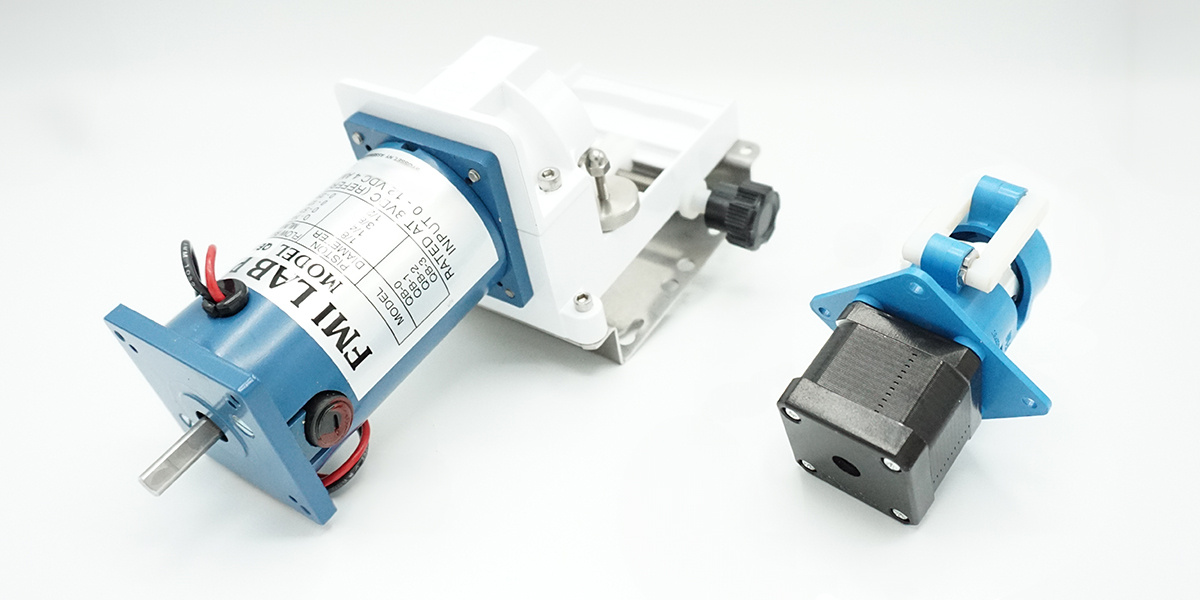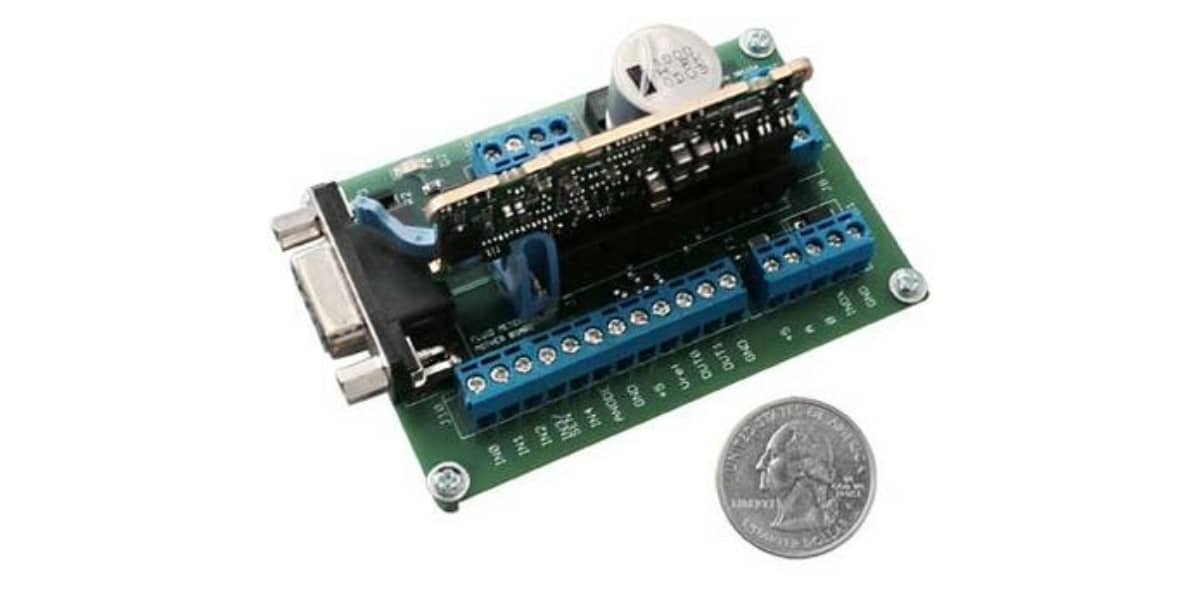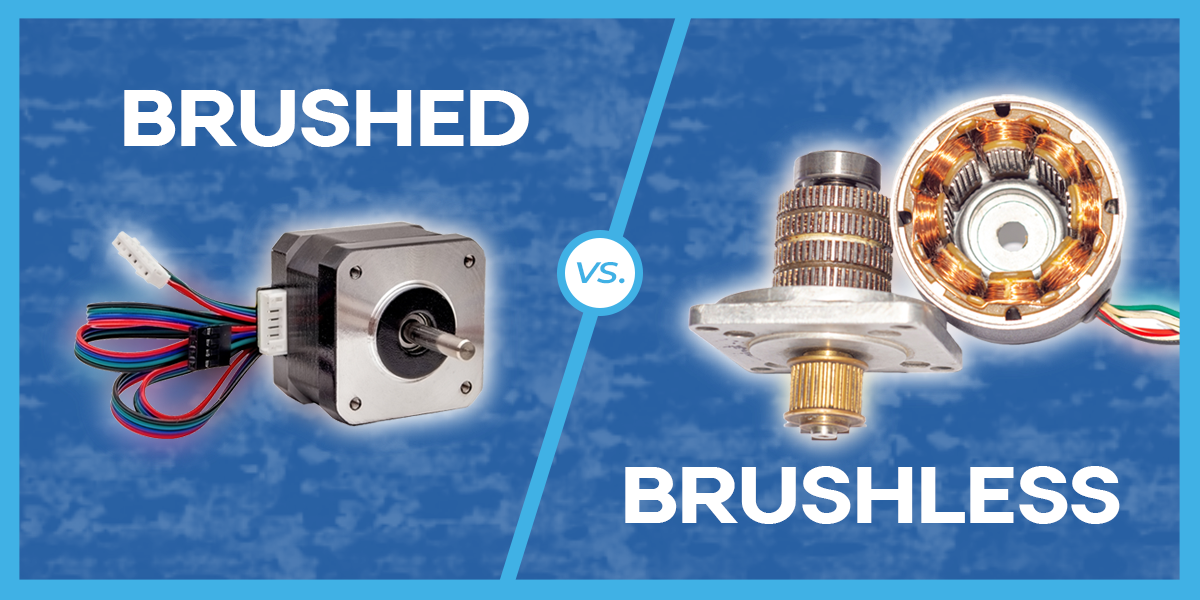Choosing the Best Electrical Interface for Your Instrument and Understanding Stepper Motor Control
Key Takeaways: For electrical interface selection in OEM instruments, engineers should prioritize compatibility, power delivery, and noise immunity...
2 min read
Thomas Breitenstein : 7/3/24 7:00 AM

Fluidic pump systems play a critical role in various scientific, medical, and industrial applications. Whether it’s delivering precise volumes of reagents or maintaining consistent flow rates in a chemical process, understanding and controlling the instrument options within these systems is essential. Let’s explore the two main types of motors and how motor properties impact efficiency, safety, and reliability.
Motor Type
Stepper and DC motors are the two most common motors used in microfluidic systems. When choosing the best motor for your application, it’s best to keep their key properties and differences in mind:
Stepper Motor
Stepper motors, which move in discrete steps, advantageously allow accurate adjustments and precise control. Their low-end start-up torque (the force the motor generates at start up), allows them to overcome more load and pump more viscous fluids than a DC motor.
Some setbacks of using a stepper motor include the need for a driver and the lack of high torque at high speeds due to more resonance (vibration) at increased speeds.
DC Motor
DC motors are simple plug-in solutions. Each comes with a quick and easy on/off switch that does not require a driver. Their steady flows over long periods of time allow them to be used in metering applications. DC motors have continuous torque throughout a wider speed range These less complex motors are also more cost effective.
Unfortunately, DC motors lack positional control, since there’s no steps or degrees of rotation, unless you add external hardware.
Efficient Operation
Depending on the application, there are several factors to keep in mind to ensure maximum control and efficient operation of the motor and fluidic system:
Motor Speed and Flow Rate
Adjusting motor speed directly affects flow rate. For dosing or metering applications, precise control over flow rates is crucial. The faster the motor, the faster the flow rate. Pumping at very low flow rates can present challenges, especially when using a stepper motor since the motor needs to operate at very low speed which requires a quality controller.
Pulsations and Pressure Spikes
Pulsations occur due to the start-and-stop actions of positive displacement pumps. These pulsations create pressure spikes that can damage system components. To minimize pulsations and pressure spikes, dampeners can be incorporated into the system. Using dampeners results in smoother flow and reduces overall stress on the system.
With the use of flow sensors, you can make a closed-loop system with feedback where the motor reacts to the flow sensor. By doing so, the pump can respond to instantaneous deviations between target and actual pressure outputs and work to correct it, so the system maintains steady flow rates and pressures.
Safety and Reliability
Uncontrolled fluid motion can physically damage the system piping, valves, meters, gauges, and other pump components and in-line instrumentation. To avoid premature system wear and tear, proper motor control protocols should be implemented. As long as the motor’s safety instructions are followed (ie: no exposed metal wires, its electrical limit is not exceeded, etc.), the pump lifespan will be long lasting.
Lifespan & Performance
Controlling instrument options in fluidic pump systems contributes to efficient, reliable, and safe operation. By selecting the proper motor and controls for your application, you can extend the lifespan of the system and ensure consistent performance. Contact Fluid Metering’s knowledgeable team of experienced engineers today to find successful options for your application.

Key Takeaways: For electrical interface selection in OEM instruments, engineers should prioritize compatibility, power delivery, and noise immunity...

1 min read
Key Takeaways: Fluid Metering’s OEM pump integration solutions support stepper and DC motor configurations, enabling flexible control via...

1 min read
Key Takeaways: In microfluidic systems, brushless motors for precision dispensing offer superior control, efficiency, and lifespan compared to...